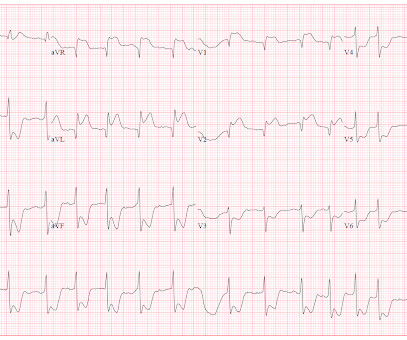Abstract 044: Single?Step Intracranial Angioplasty followed by Atlas Stent Deployment Through Mini Trek Rx Balloon
Stroke: Vascular and Interventional Neurology
NOVEMBER 9, 2023
Herein, we describe a single‐step approach to deploy Neuroform Atlas stent (Stryker Neurovascular, Fremont, CA) which is a hybrid laser‐cut, nitinol self‐expanding stent without the need for ELW or lesion re‐access using MINI TREK RX (Abbott Vascular, Inc., There was no restriction on time from last known well (TLKW) to MT.



















Let's personalize your content